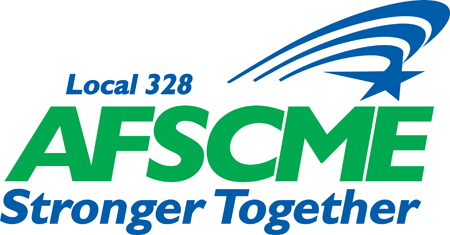OHSU Should Invest in Its Own Workers
In late January, OHSU announced its “OHSU 30-30-30” plan, which it states is intended to tackle the ever worsening health-care workforce crisis while simultaneously addressing the inequitable access to care and educational opportunities experienced by members of marginalized communities. The goal of this plan is that, by 2030, OHSU will increase its number of graduates by 30% and increase learner diversity to 30%. The informational document shared in the OHSU Now post includes the following statements:
“Investment must be made with intention to recruit, train and graduate learners that represent the diversity of Oregon.”
“Increase all OHSU learner diversity to 30%.”
“With new investments in effective pathway programs and educational supports, OHSU will ensure that at least 30% of its learners identify as underrepresented minorities.”
“[U]p to $50 million to provide tuition assistance and loan repayment to learners from underrepresented communities.”
When this plan was presented at the January meeting of the OHSU board of directors, board member Stacy Chamberlain asked if OHSU planned to target members of its own workforce for the program. The answer was less than clear. The point Chamberlain was trying to make, which OHSU leadership seems to have missed, is that there are already many OHSU employees who belong to the very communities that are the focus of the OHSU 30-30-30 plan — employees who would benefit greatly from this educational opportunity and who have already shown a commitment to OHSU.
It is difficult to understand why OHSU has failed to dedicate at least some of the funds and education slots requested for OHSU 30-30-30 to help its own workers. In fact, doing so doesn’t seem to have even crossed the minds of those who developed this plan. Our union and the employer have previously bargained language to promote workforce development (see below) — this language could be used in conjunction with the 30-30-30 plan in order to lift AFSCME members and other OHSU employees into a better way of life.
22.1 Promotion of Development Opportunities. The Employer supports opportunities for education and training, career development, mobility and personal growth. Employees may receive support for these endeavors in a number of ways that include, but are not limited to: education/training required by the Employer, access to the OHSU Employee Tuition Benefit program, flexible work schedules, time with pay to attend classes or pursue other developmental learning opportunities, on-the-job training, paid time on the job to practice skills, mentoring, and the filling of training positions under Section 18.4.
22.4 Educational Leave with Pay. An employee may be granted educational leave in which his/her department may defray a part or all of the cost of the education, either through allotment or payment of a salary. Each request for leave must be submitted to the employee’s department director or administrator, who normally shall not approve such leave for more than one (l) year. Vacation leave shall not accrue during an educational leave with pay that exceeds fifteen (15) calendar days.
An academic medical center with a stated goal of recruiting, training and graduating learners who represent Oregon’s diversity should show the same dedication to its employees that its employees have shown to the employer. What our union is asking of OHSU is really quite simple: invest in those inside this organization, in recognition of their service and dedication to OHSU’s mission, and show that OHSU cares about the people who have cared for this institution and our community.
Before commenting, please read our guidelines here.
